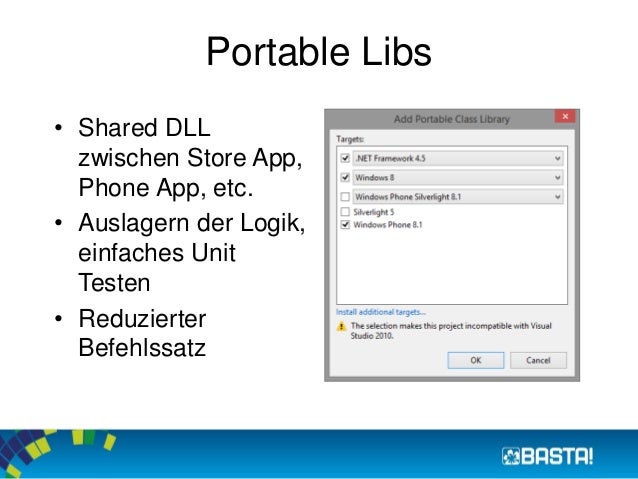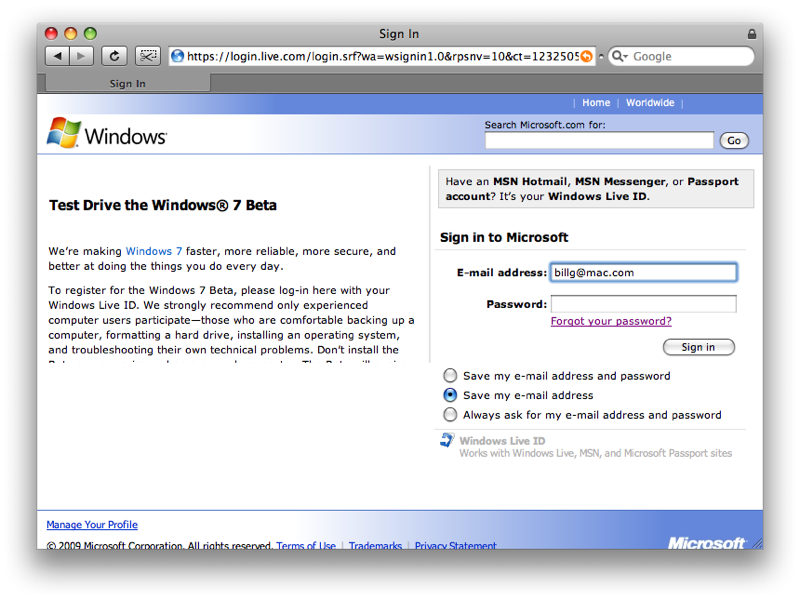
You can discover mouse clicks via the MouseLeftButtonDown or the MouseLeftButtonUp events (or the equivalent RightButton events). These are bubbling events which means if they aren't handled but the actual element clicked the event will fire on the containing element and so on up to the root item. Hence for many simple elements you can add a handler to the containing element and the use OriginalSource property of the MouseButtonEventArgs to determine which element actually generated the message. However you use the word 'Control' which some use loosely to mean UI elements others use more strictly to refer to things like a ListBox. In the latter case these controls may handle the mouse events so they don't bubble any further.
You can still get the LeftButton events using AddHandler on the containing UIElement even the ones that have been handled. That would still leave you with the problem of discovering the actual control you are interested in since the OriginalSource will be some component of the control and hence a descendent of the control.
Back when Silverlight 1.1 (the predecessor to ) was first at the Mix ‘07, I remember being fascinated by the cross-platform.NET Framework aspect of it. As a cross-platform browser plug-in, Silverlight has the potential to enable web developers to design and develop an application with.NET and have it run & look the same everywhere. Would this be the holy grail of web programming?
Silverlight Testing Page
Well, that’s not for me to decide, but no matter how you cut it, is a very very cool technology! At, one of the cooler demos I remember seeing was Scott Guthrie’s. I found it fascinating that this type of intricate programming communication could work not only across remote machines, but across different operating systems!

I knew that you could debug code on a remote server using Visual Studio, but seeing it work against a Mac definitely caught my attention. At first, I though, why is this even important? With, I should be able to write once and run everywhere. If I test and debug on Windows, it should just work over on the Mac, right? Well, it’s fun to believe in marketeering claims like that, but everyone knows you need to test on any environment before you deploy to it!
Getting Silverlight to work on Mac OS X Yosemite. I'm trying to get Silverlight to work on Mac OS X, any browser would do. I'm not getting much success at all so far, nor help from the Web. Silverlight + Mac OS X Yosemite. To start with, can anyone tell me if this Silverlight test works for them on Mac OS X Yosemite (10.10.1)? Silverlight, Deep Zoom, Collections and Hit Testing (I’m reposting this from my old, defunct blog. It was originally posted on April 5th 2008.) Since Silverlight 2 Beta 1 was released at Mix, Deep Zoom has attracted a lot of. And they don’t expose a HitTest method, so you have to roll your own code for things like hit testing. Download smcfancontrol for mac.
While there are some, there are other reasons for needing to be able to test on a Mac too. As an application developer, you might want your program to do something different depending on which OS it is running on. There would be no way to test that type of code without this type of remote debugging tool. (I have a silly example that demonstrates this below.) Not long after Silverlight 1.0 came out, I got a Mac Book Pro. In my experience as a field evangelist who frequently demos Silverlight, it always turns heads when you demo it actually running on a Mac.
One of the first things I did when I got my MBP up and running was to try and configure the remote debugging feature in what was then the Silverlight 1.1 alpha. While it turned out to be a relatively easy thing to configure and setup, it was no picnic finding all of the documentation and “gotchas” on how to do it. I chocked that up as typical alpha documentation. When the Silverlight 2 betas (1 & 2) came out, the process for setting up remote debugging on a Mac changed slightly for each one. Not only that, it actually was harder to find the documentation on how to do it.
I ended up relying on a couple of random blog posts I came across on & Google to figure it out. If your search turns up any of these links, know that they are now obsolete: Old 1.1 Alpha Way of Doing Things: Old Silverlight 2 Beta 1 Way of Doing Things: The only official documentation I found for Beta 2 was in one of the Silverlight readme files. The good thing is that now the official has a.
While the process hasn’t changed with the released version of, I thought I’d cover it here along with some sample code you can use to try it at home. I’m also a relative newbie with the Mac OS, so there are some basic steps I’ll cover here that I’m embarrassed to admit took me a while to figure out. Hopefully they help the next Mac newbie along.
The Application: PC or Mac? First off, I’ve got a simple sample application that will tell the user if. Using, I put together some XAML that displays a button on the screen that says “PC or Mac?”. When the user clicks the button, the handler will retrieve the Operating System platform and version out of the Environment collection and then update a TextBlock element with the values to report back to the user what OS they are using. You can see that C# snippet here.